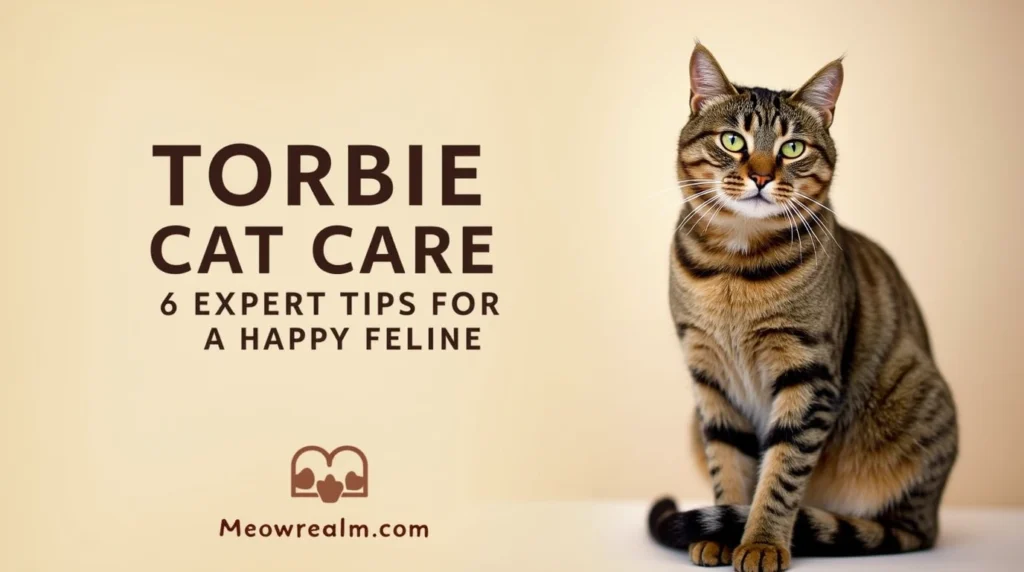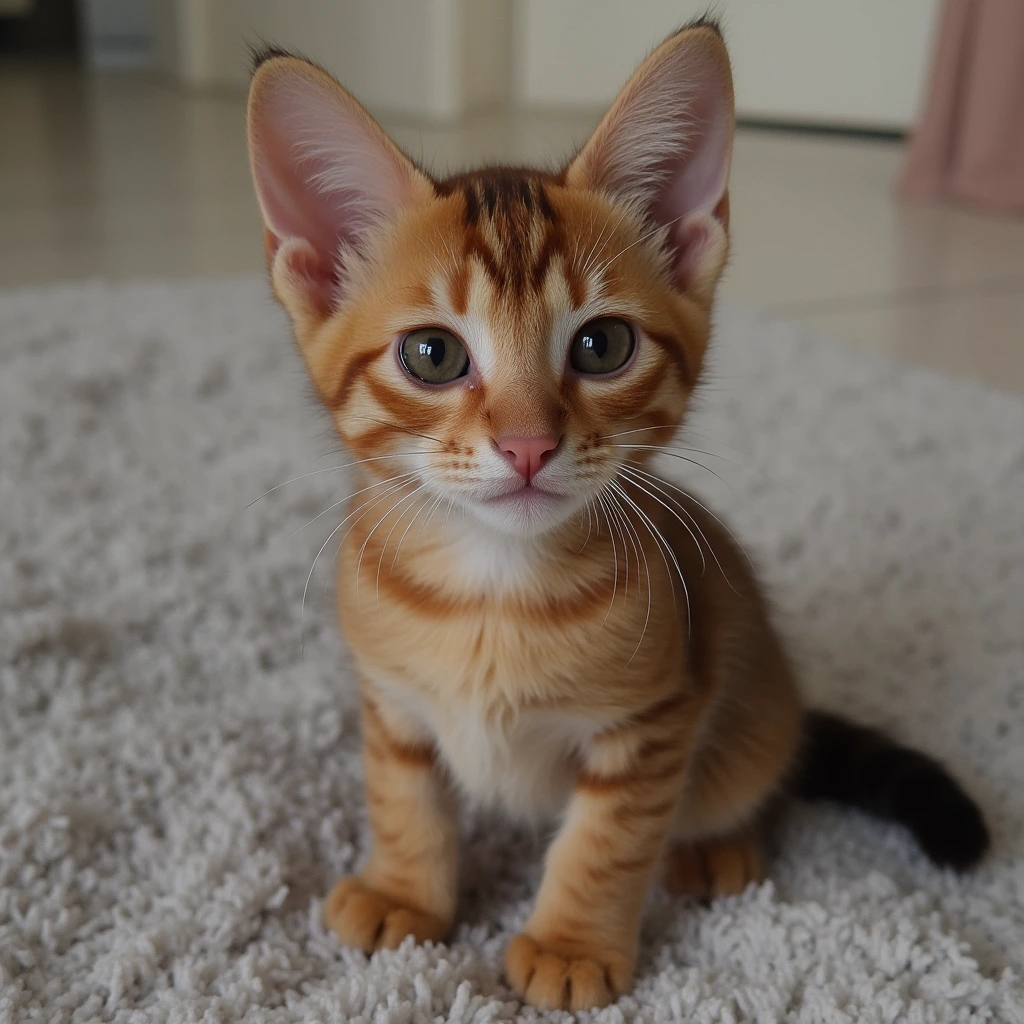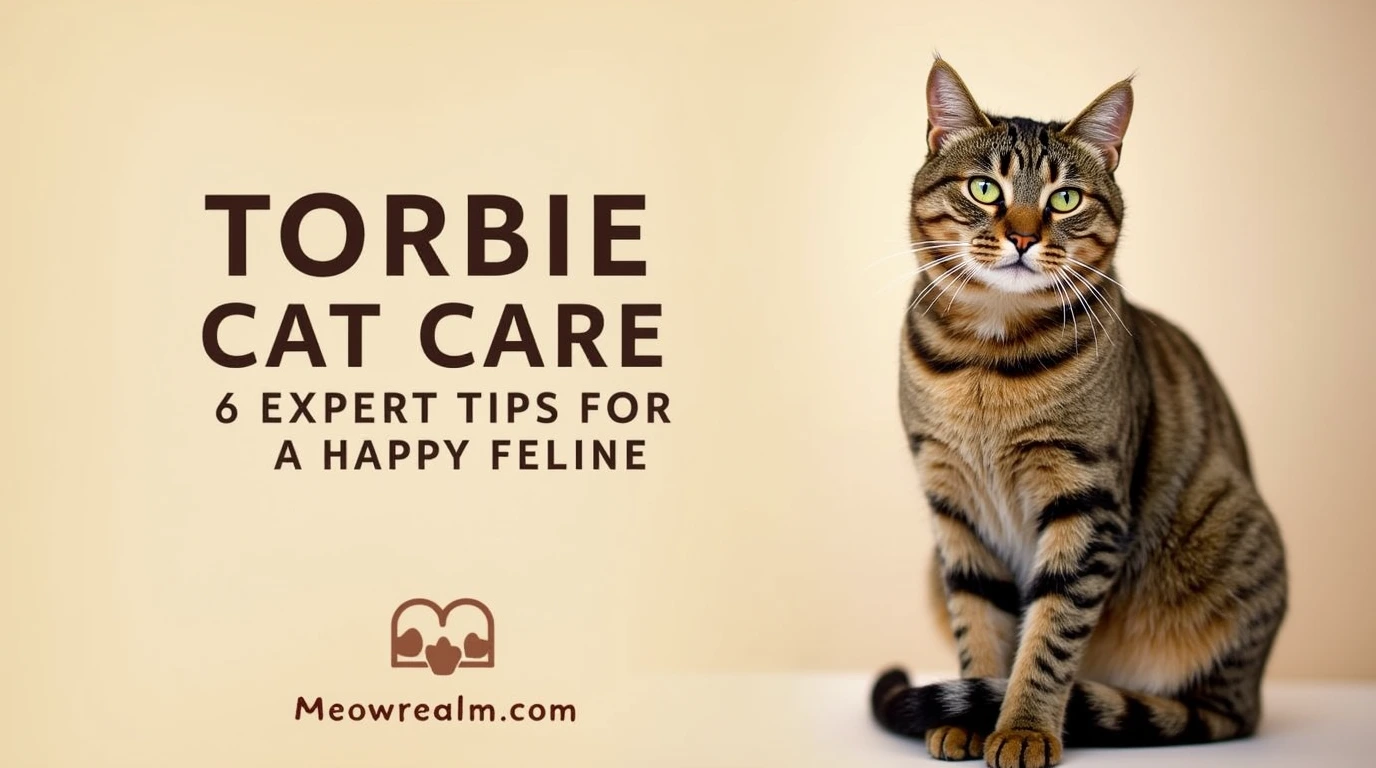If you’re lucky enough to have a torbie cat, you know just how special they are. With their mesmerizing mix of tabby and tortoiseshell markings, these felines boast not only unique coats but also personalities that are just as vibrant. Whether your torbie is a playful adventurer or a cuddly lap cat, proper care ensures they live a happy and healthy life.
Caring for a torbie cat requires understanding their needs, from nutrition to mental stimulation. This guide offers six expert tips to keep your torbie feline thriving. By following these steps, you’ll strengthen your bond with your cat and create a comfortable environment tailored to their unique character.

Table of Contents
Understanding Your Torbie Cat’s Unique Needs
What Makes Torbie Cats Special?
- Torbie-cats have a fascinating genetic mix, combining tabby stripes with tortoiseshell patches.
- Their personalities often reflect both the playfulness of tabbies and the independent nature of tortoiseshells.
- No two torbie-cats look the same, making each one a one-of-a-kind companion.
The Importance of Proper Care for Torbie-Cats
- Their unique coat may require specific grooming techniques.
- Torbie-cats thrive in an environment that nurtures their active and intelligent nature.
- Proper care ensures a longer, healthier life.
6 Expert Tips for a Happy Torbie Cat
1. Provide a Balanced and Nutritious Diet
A well-balanced diet is crucial for your torbie-cat’s overall health. Here’s how to ensure they receive the best nutrition:
- High-Protein Diet: Look for cat food with real meat as the first ingredient.
- Wet vs. Dry Food: A mix of wet and dry food provides hydration and maintains dental health.
- Avoid Harmful Ingredients: Stay away from fillers like corn, wheat, and artificial additives.
- Portion Control: Overfeeding can lead to obesity; follow feeding guidelines based on weight and age.
2. Regular Grooming for a Healthy Coat
Torbie-cats can have short or long fur, and their grooming needs vary accordingly:
- Brushing: Short-haired torbies need weekly brushing, while long-haired ones require daily care.
- Bathing: Occasional baths help keep their fur clean, especially if they shed heavily.
- Nail Trimming: Regular trimming prevents furniture damage and claw-related health issues.
- Ear and Eye Cleaning: Check for dirt buildup to avoid infections.
3. Engage in Mental and Physical Stimulation
A bored torbie-cat can become destructive or develop behavioral issues. Keep them entertained with:
- Interactive Toys: Puzzle feeders, laser pointers, and moving toys keep them engaged.
- Scratching Posts: These help maintain claw health and prevent furniture damage.
- Climbing Structures: Cat trees or wall-mounted shelves encourage exercise.
- Scheduled Playtime: Engage in at least 15–30 minutes of play daily to keep them active.
4. Routine Vet Checkups and Preventive Care
Regular veterinary visits are essential for your torbie’s well-being. Here’s what to keep in mind:
- Annual Wellness Exams: Detect health issues early.
- Vaccinations: Ensure they stay up-to-date on required shots.
- Parasite Prevention: Protect against fleas, ticks, and worms.
- Dental Care: Brush their teeth or provide dental treats to prevent gum disease.

5. Provide a Safe and Comfortable Living Space
Your torbie-cat needs a secure and enriching environment. Consider the following:
- Cozy Beds: Provide a soft, warm spot for naps.
- Litter Box Placement: Ensure easy access and cleanliness.
- Household Hazards: Keep toxic plants and small objects out of reach.
- Indoor vs. Outdoor: If you allow outdoor access, use a harness or a secure catio.
6. Strengthen Your Bond with Love and Affection
Torbie-cats may be independent, but they still crave attention. Strengthen your connection with:
- Gentle Petting: Learn their favorite spots (some love chin scratches, others prefer back rubs).
- Talking to Your Cat: Your voice can be soothing and reassuring.
- Interactive Play: Engage in activities that reinforce trust and companionship.
Pros and Cons of Owning a Torbie Cat
Pros
Unique and striking coat patterns
Playful and affectionate personality
Intelligent and easy to train
Adaptable to indoor living
Cons
Can be independent and strong-willed
Grooming needs depend on coat length
May require more engagement and playtime
Frequently Asked Questions About Torbie Cats
What is a torbie cat’s personality like?
Torbie-cats are a mix of playful, affectionate, and independent. They often exhibit both the energy of tabbies and the sassiness of tortoiseshells.
How often should I groom my torbie cat?

Grooming needs vary based on coat length. Short-haired torbies need brushing 1–2 times a week, while long-haired ones require daily care.
What food is best for a torbie cat?
A high-protein diet with real meat ingredients, supplemented with occasional wet food, is ideal.
Are torbie cats rare?
Torbie-cats are less common than solid-colored cats, but they are not considered rare like some purebred felines.
Do torbie cats get along with other pets?
Yes, torbie-cats can be social and adaptable, but proper introductions are necessary to ensure harmony with other pets.
Conclusion: Ensuring a Happy and Healthy Life for Your Torbie Cat
By following these six expert tips, you can provide the best care for your torbie-cat and ensure they live a happy, healthy life. From proper nutrition to regular vet checkups, every small effort contributes to their overall well-being.
Ready to discover more feline care tips? Visit MeowRealm for expert advice and recommendations. Don’t forget to share this guide with fellow cat lovers to help more torbie -cats live their best lives

